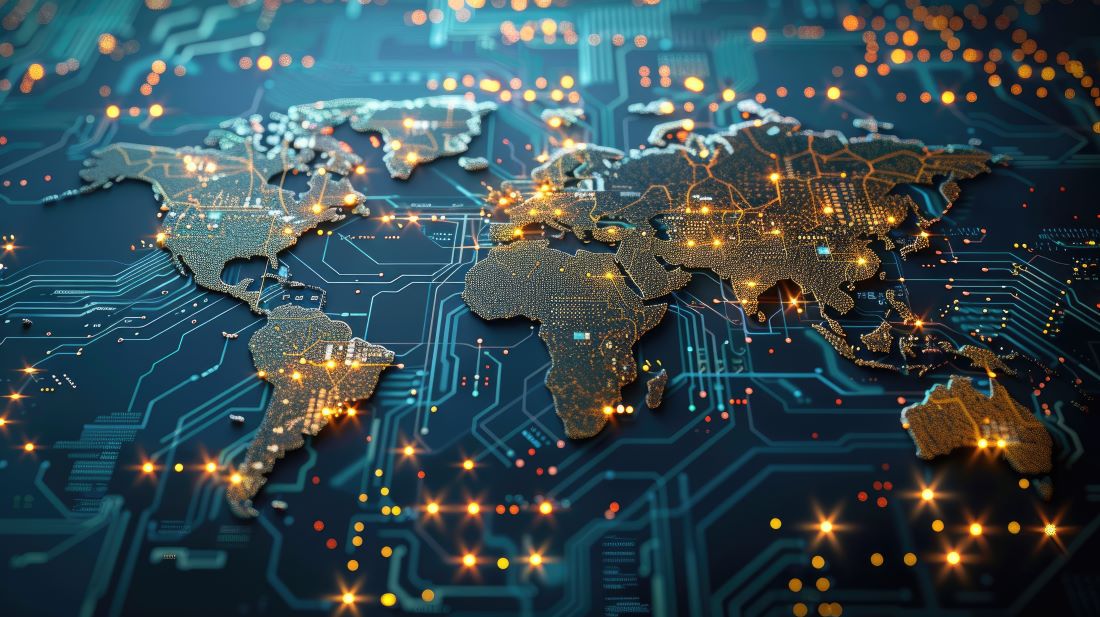Cross-Cutting Supply Chain Services Issues
Understanding Cross-Cutting Issues in Supply Chain Services
America’s supply chains – and our nation’s connection to global trade – rely on the seamless, end-to-end operation of transportation and logistics services and facilities. These interconnected supply chain services are essential for moving products from their origin to their end users. Understanding how each of these services and facilities interact with each other and affect the entire system is crucial for domestic manufacturing and international trade. A capacity shortage, overload, or breakdown at any point in the supply chain can cause bottlenecks or disruptions, with the potential to ripple through the entire supply chain. These can occur anywhere in the supply chain, including at a port of entry, inland trucking or rail facility, warehouse or distribution center, or last-mile infrastructure. The events can delay or block the delivery of key materials, halt production at critical U.S. production facilities, impede imports and exports, and cause significant supply chain congestion.
How We Support Cross-Cutting Supply Chain Services
SCS work includes:
- Evaluating the end-to-end operations of interconnected transportation and logistics services.
- Monitoring current and emerging trends and technological advancements within supply chain services.
- Providing expertise and perspective on U.S. supply chain services providers’ interests during U.S. trade negotiations, including in customs and trade facilitation negotiations.
- Enhancing the Department’s ability to analyze supply chain bottlenecks and offer insights on mitigating disruptions.
